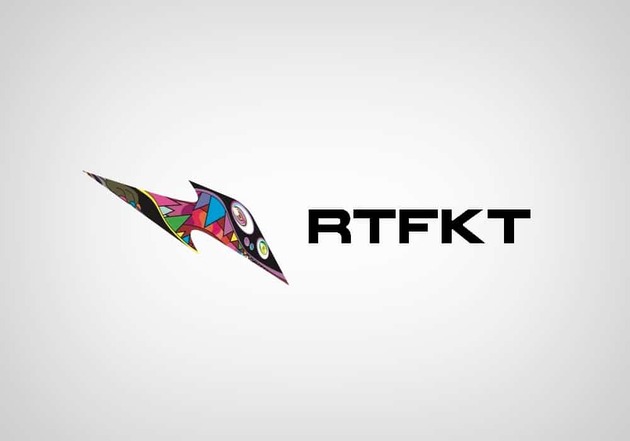On April 24, collectors of the Clone X and Animus NFTs faced blank screens due to a Cloudflare glitch. The images, hosted off-chain by the now-defunct RTFKT Studios, vanished temporarily. While ownership and metadata remained secure on the blockchain, the incident exposed risks of centralized storage.
What Happened to the NFT Images?
The disappearance of RTFKT’s NFT images occurred when Cloudflare downgraded the account responsible for serving the files. According to Samuel Cardill, RTFKT’s former Head of Technology, the downgrade occurred days before the paid Cloudflare contract expired. Restrictions were then applied to the content. Users saw a black screen with a notice claiming a terms of service violation.
It’s important to note that the NFTs themselves are not affected—ownership records, metadata, and blockchain functionality remain intact. However, the incident highlights the risks of storing NFT media assets off-chain. Since the images are hosted on Cloudflare, not Ethereum, hosting issues make them temporarily inaccessible.
This issue is not unique to RTFKT; many NFT projects rely on centralized hosting solutions for large media files due to the high costs and technical limitations of storing such data directly on-chain. While this approach reduces expenses, it introduces dependencies on third-party platforms, which can lead to disruptions like the one experienced by Clone X and Animus holders.
Safeguarding the Future of RTFKT NFTs

Although RTFKT Studios was officially shut down by Nike in December 2024, its collections continue to thrive in the secondary market. To prevent future disruptions, Cardillo announced plans to migrate the media assets associated with Clone X and Animus to Arweave, a decentralized storage network designed for permanent file storage.
Using AR Drive, a tool designed for Arweave, the team plans to transfer approximately 200GB of image data by the end of April. The migration will cost around $2,800 and ensure the visuals remain accessible despite third-party disruptions. By adopting decentralized storage, the team aims to eliminate dependence on platforms like Cloudflare. This move seeks to provide long-term reliability for NFT holders.
Why Decentralized Storage Matters
The RTFKT incident highlights the critical need for decentralized infrastructure in the NFT ecosystem. While blockchain technology secures ownership and metadata, NFT visuals often rely on centralized off-chain services. This dependence creates a single point of failure, leaving projects exposed to glitches, policy changes, or hosting provider actions.
By transitioning to Arweave, RTFKT’s collections will benefit from a more resilient system. Arweave’s decentralized architecture permanently stores files across a distributed network, reducing the risk of downtime or censorship. This approach aligns with the core principles of decentralization for NFT projects. It also enhances trust among collectors.
Looking Ahead: Lessons for the NFT Community
The temporary disappearance of RTFKT’s NFT images highlights a critical issue facing the broader NFT space: the need for robust, decentralized solutions for media storage. While centralized hosting services may offer convenience and cost savings, they introduce risks that can undermine user confidence and disrupt ecosystems.
Projects like RTFKT’s migration to Arweave demonstrate a proactive approach to addressing these challenges. By prioritizing decentralized storage, developers can ensure that their NFTs remain accessible and resilient in the face of unforeseen disruptions.
For collectors, this incident serves as a reminder to consider how an NFT project manages its media assets. Projects that adopt decentralized storage solutions are better positioned to protect the value and longevity of their digital assets.
Conclusions
The temporary disappearance of RTFKT’s Clone X and Animus NFT images due to a Cloudflare glitch underscores the risks of relying on centralized hosting for off-chain data. While the blockchain itself remains secure, the accessibility of visual assets is only as reliable as the third-party services used to store them.




